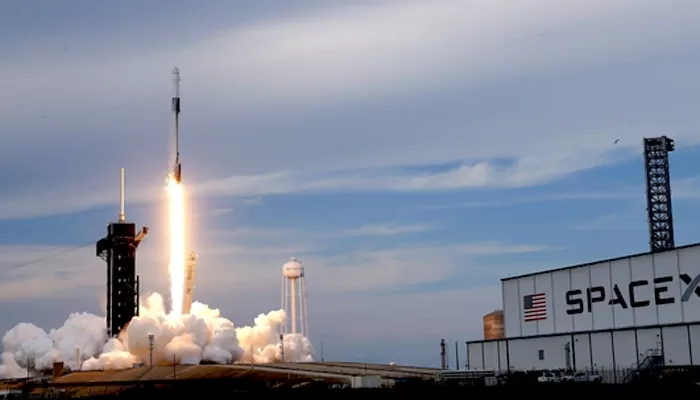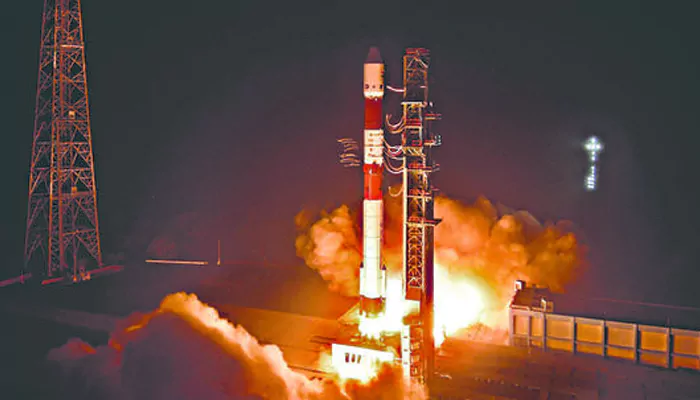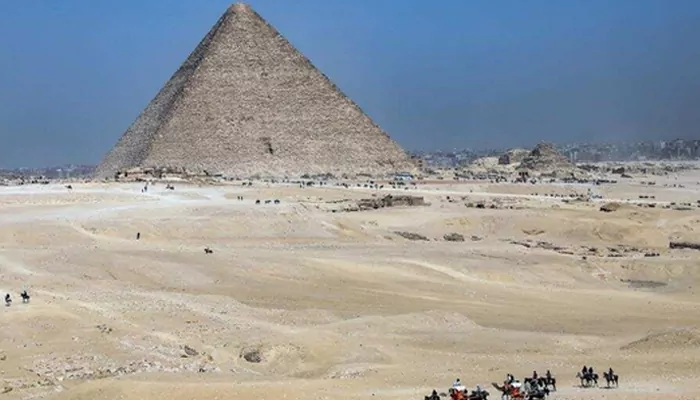
Here are today’s most important updates from the realm of Science and Space.

This Saturday, skywatchers across the Northern Hemisphere can witness the Moon taking a nibble out of the Sun during a partial solar eclipse. The cosmic event, the first of the year, will stretch from eastern Canada to Siberia, lasting about four hours.
While not a total eclipse—meaning no dramatic darkness—the Sun will transform into a glowing crescent. The best views? Northeastern Canada and Greenland, where the Moon will cover up to 90% of the Sun. Elsewhere, like Europe and parts of North America, coverage will be less dramatic (think 10-40%).
Safety first! Never stare directly at the Sun—special eclipse glasses or local astronomy centers are your best bet.
Fun fact: This follows the recent "Blood Moon" lunar eclipse, with another big show coming in 2026—a total solar eclipse over Iceland and Spain! Don’t miss it!

SpaceX is gearing up for another historic mission—Fram2—just days after safely returning astronauts Sunita Williams and Crew-9 from the ISS. Slated for launch on March 31, 2025, at 11:20 PM EDT from Florida’s Kennedy Space Center, this will be the first crewed flight to traverse Earth’s polar regions.
A Falcon 9 rocket will propel the Crew Dragon capsule, carrying an all-rookie international team: Mission Commander Chun Wang (Malta), Vehicle Commander Jannicke Mikkelsen (Norway), Pilot Rabea Rogge (Germany), and Medical Officer Eric Philips (Australia). Named after the legendary Norwegian Arctic explorer ship Fram, their mission features a steep 90-degree orbit—far steeper than usual.
During their 3-5 day journey, the crew will run 22 experiments, from snapping the first human X-rays in space to growing mushrooms (yes, mushrooms!) as potential Mars food. They’ll also study eerie polar sky glows called "STEVE" and even beam decodable radio images to Earth for amateur enthusiasts.
Wang calls it a "privilege" to photograph the poles and push humanity’s spaceflight limits. With cutting-edge science and public engagement, Fram2 isn’t just a mission—it’s a leap toward the future.

India’s space program just hit a major milestone! ISRO successfully tested its powerful new 2000 kN semi-cryogenic engine, a big leap in rocket technology. The engine, running on liquid oxygen and kerosene, will boost the payload capacity of India’s LVM3 rocket, allowing it to carry heavier satellites into space.
The test was conducted at ISRO’s facility in Mahendragiri, Tamil Nadu, marking a key step in developing more efficient propulsion systems. Union Minister Dr. Jitendra Singh praised the achievement, calling it a game-changer for India’s space ambitions.
What makes this engine special? It’s non-toxic, more powerful, and uses cutting-edge technology found in only a few countries. Once fully ready, it will replace older systems, increasing payload capacity from 4 to 5 tonnes for missions to geostationary orbit.
With advanced testing facilities now in place, ISRO is inching closer to making this engine operational—another bold step in India’s space journey!

What a week for stargazers! From eerie sky spirals to dazzling northern lights and a breathtaking solar eclipse, the heavens put on quite a show. That strange glowing vortex spotted over Europe on Monday? Turns out it wasn’t aliens—just a SpaceX rocket falling back to Earth after a secret mission.
Then, a solar storm sent shimmering auroras dancing across northern U.S. skies. But the real highlight? Today’s partial solar eclipse, where the moon took a "bite" out of the sun. Visible in just 13 states (mostly the Northeast), the cosmic spectacle unfolded between 4:50 a.m. and 8:43 a.m. EDT. Missed it? NASA shared a live stream—and if you did catch it, hopefully you wore proper eclipse glasses! Staring at even a partially covered sun can wreck your eyes, so safety first. What a wild week above us!
For years, experts assumed Egypt’s and Sudan’s ancient pyramids were exclusive resting places for royalty and the ultra-wealthy. But a groundbreaking discovery at Tombos—an Egyptian outpost in what is now Sudan—is shaking up that idea.
Archaeologists studied 110 skeletons buried beneath small pyramids meant for the affluent. Surprisingly, many of the bones showed signs of intense physical labor—something high-ranking individuals wouldn’t typically do. This suggests pyramid burials might not have been just for the elite after all, hinting that lower-class workers could have shared these sacred spaces with society’s upper crust. A fascinating twist in our understanding of ancient hierarchies!